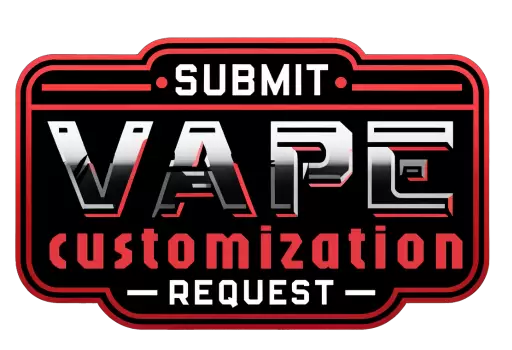When it comes to vaping, selecting the right style is essential for optimizing both flavor and cloud production. Among the various methods, restricted direct-lung (RDL) vaping has emerged as a popular middle ground between mouth-to-lung (MTL) and direct-lung (DTL) techniques. This hybrid style combines the controlled draw and pronounced flavor of MTL with the larger vapor production associated with DTL. Understanding RDL vaping requires exploring its technical nuances, benefits, and suitability for different vapers, particularly for those seeking a versatile yet satisfying experience. This article aims to provide an in-depth analysis of RDL vaping, offering a comprehensive overview of how it bridges the gap between two distinct styles, and why it might be the perfect choice for a wide range of users.
What is RDL vaping and how does it differ from MTL and DTL?
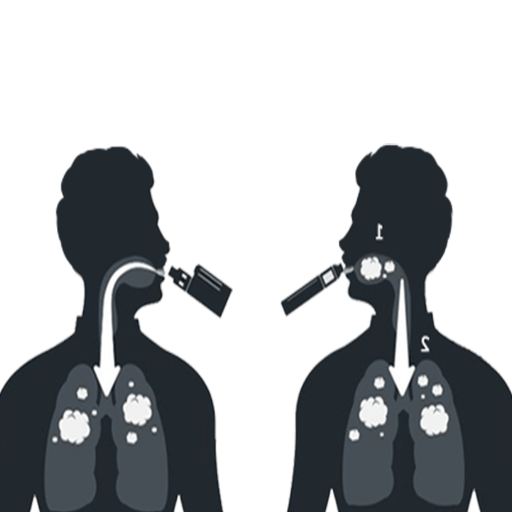
Defining RDL (Restricted Direct Lung) vaping
The inhalation method that sits in between MTL and DTL is called RDL (restricted direct lung) vaping style. It takes after both methods, making it unique. In my opinion, it is the sweet spot as it works better than MTL where you have low airflow, but unlike in DTL, where there is no airflow restriction, RDL offers decent restriction on DTL. The combination of these makes it easier to achieve both higher clouds without getting too ‘flavorful’ or taking in a moderate amount of ‘flavor’ without too much vapor. Thus, it is highly interesting for both flavor seekers and moderate cloud users.
- Airflow Restriction: RDL, like most styles of vaping, must have some resistance set for airflow, usually between 1mm and 2.5mm in width. This airflow setting provides some resistance upon inhalation.
- Power Output: Depends on the coil used, but the wattage should be between 20W and 40W as this ensures good flavor and eliminates the chance of overheating.
- Coil Resistance: Generally for RDL, a range between 0.4 and 0.8 ohm works best. It is a good range that balances battery efficiency and vapor production.
- Mouthpiece Size: For RDL, medium bore tips are preferred since they allow another form of airway restriction and more control of the airflow intake.
- Composition of E-Liquid: E-liquids will particularly benefit from a VG/PG ratio of 50/50 or even 70/30 because of sufficient throat hit and vapor production.
RDL differs from both MTL and DTL because of the combination of airflow and power output that RDL provides. To put it succinctly, RDL power output and airflow are matched to achieve an optimal intermediate level between MTL and DTL. MTL is dependent on tight airflow and low wattage while DTL relishes open airflow and higher wattages. RDL adds some of the DTL characteristics alongside the MTL attributes to provide a satisfying stronger hit with reasonable controls on the airflow and power output.
The airflow and draw characteristics of RDL vaping
RDL (Restricted Direct Lung) vaping achieves a sweet spot between the restricted airflow of MTL (Mouth-to-Lung) vapes and the unrestricted flow of DTL (Direct-to-Lung) vapes. Restricting the airflow on RDL leads to an easier and more controlled drag when compared to DTL, while still surpassing MTL’s vapor production.
- Airflow: DTL vaporers experience an openness that is not conducive for great flavor delivery RDL aims to mask with an airflow opening range of 2 mm to 3.5 mm.
- Wattage: The upper and lower parameters of MTL and DTL respectively are also bridged with moderate resistances ranging from 20-40 watts.
- Coil Resistance: These coils allow the optimum 6-12 mg freebase and 20-35 mg salts nicotine setup, hitting the sweet spot to achieve both rich tasty vapor and satisfying nicotine levels.
- Nicotine Concentration: The hostility of vaping harsh nicotine salt is balanced by the optimum level as attacking vapor provides great potency, thus strongly hitting the sweet spot while allowing the vapor to satiate the device.
These factors guarantee that both RDL style flavor intensity and vapor production benefits can be gained while providing a controlled and moderate drag adjustable to the vaper’s pleasure.
What are the advantages of RDL vaping for beginners and experienced vapers?
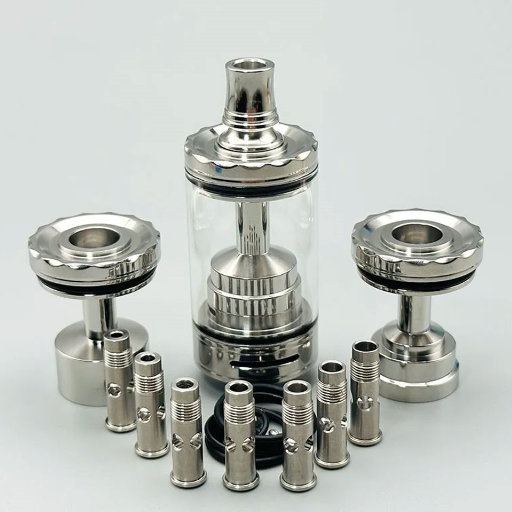
Smooth transition for smokers switching to vaping
In the transition to vaping, RDL (Restricted Direct Lung) vaping seems to be an ideal method to implement. The method of RDL provides a good balance of flavor and vapor production, taking part of the airflow which partially restricts lung expansion.
- Airflow Resistance: Ensured by 0.3Ω – 0.8Ω coils, offering controlled vapor output translating to moderate power.
- Nicotine Salt Strength: Varied between 20mg – 50 mg suitable for adequate nicotine intake while reducing the severity of vaping.
- Wattage Output: Suffers between the 15-35 band, where the temperature is specific enough to avoid incineration and guarantee smoother inhalation.
These combined characteristics make RDL vaping user-friendly and effective for beginners, as well as reducing the discomfort associated with the transition from smoking to vaping.
Balancing flavor and vapor production
I focus on selecting the right e-liquid composition and device settings to suit my preferences. For instance:
- PG/VG Ratio: A high PG/ VG ratio mix such as 70/30 VG/ PG yields a higher density of vapor, whereas the reverse enhances flavor intensity. I target a balanced mix like 50/50 for a moderate balance.
- Wattage Range: Operating wattages puts me in my preferred range of 20-30W. This range works well for me since I get adequate vapor production without degrading flavor.
- Coil Resistance: Aiming for an intermediate level of flavor and strong vapor output, I use a coil resistance of around 0.6-0.8Ω.
- Airflow Control: Moderating the airflow by partially restricting it not only gives me a more concentrated flavor, but I do not have to compromise on the vapor density.
In terms of usage, aligning these factors with one’s habits, and device capability, and setting it to achieve maximum vapor and flavor caters to an optimal satisfying experience.
How do I choose the best RDL vape device and coils?
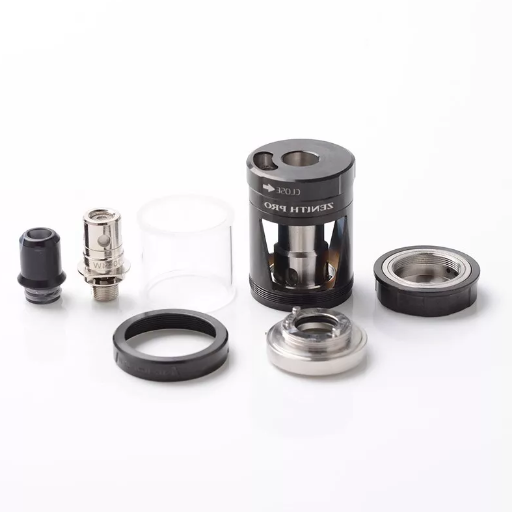
Features to look for in RDL vape kits and pod systems
While selecting an RDL vape device, I prioritize a few, very important aspects that ensure the device is best suited to my preferences as well as performs exceptionally.
- Adjustable Wattage: My vaping needs are best suited to a power range of 15W to 30W, which most RDL devices operate well within. This gives me flexibility in controlling flavor and vapor intensity to ensure both are to my liking.
- Compatible Coils: I search for resistance mesh coils with a parameter of 0.6Ω to 0.8Ω. Such coils improve both flavor and vapor production because they heat more uniformly, which is vital for a pleasant RDL experience.
- Airflow Control: A device capable of effective RDL should have the freedom of airflow control. I like a mid-range resistance to airflow because it ensures control over the concentration of flavor while providing enough vapor.
- E-liquid Capacity: A tank or pod holding anywhere between 2 to 4ml is perfect for me as it offers ease of use whilst remaining portable.
- Battery Life: I prefer devices with 800mAh battery capacity for uninterrupted use due to their adequate power supply for longer vapes without needing frequent charger access.
Focusing on these factors aids me in selecting an RDL vape device that best suits my needs leading to an optimal experience every time I vape.
Selecting the right coil resistance and wattage for RDL vaping
For an optimal RDL vaping experience, it is critical to select the proper coil resistance and wattage. A resistance of 0.4 to 0.8 ohms allows for the proper balance of vapor and flavor production. The aforementioned range also ensures slightly re-restricted airflow which allows for a smoother draw that aligns with RDL.
For wattage specifically, I typically prefer a setting between 20 to 35 watts. This setting is great for providing adequate heat to the coil without putting excessive strain on it, which leads to poor burnt flavors or reduces the lifespan of the coil. I prefer tweaking the wattage to this range so that I can adjust based on the e-liquid composition and my personal preference.
- Coil Resistance: 0.4 to 0.8 ohms—ensures that RDL vaping’s product of choice to the most flavor and vapor.
- Wattage Range: 20 to 35 watts—properly heats the coil without putting too much strain on it.
This setup allows for a consistent and satisfying RDL vaping experience that meets my specific needs.
Adjustable airflow options for customizing your RDL experience
The adjustable airflow feature enhances the overall RDL Vaping experience for me. This feature allows me to customize the vaping experience which results in either increased flavor or vapor. When I wish to enhance vapor flavor, I adjust the airflow setting to a tighter mode. This allows the vapor to be concentrated in the coil chamber. While in cases I wish to increase vapor output, I switch to a less tight setting. This setting along with the relaxed draw allows for a cooler vapor and increased output.
- Airflow Setting: The setting is Approximately 50% open—this gives a good compromise between flavor intensity and vapor produced.
- Coil Compatibility: 0.4 to 0.8 ohms—ensures restricted airflow without coil inefficient performance.
- Wattage Adjustment: 25 to 30 watts—works at moderate airflow conditions. The vapor is heated to an ideal level and never overheated.
These settings are carefully calibrated to deliver a customizable vaping session based on personal preferences and desired outcomes. By mastering airflow adjustments, I can achieve a more controlled and satisfying RDL experience.
What e-liquids work best for RDL vaping?
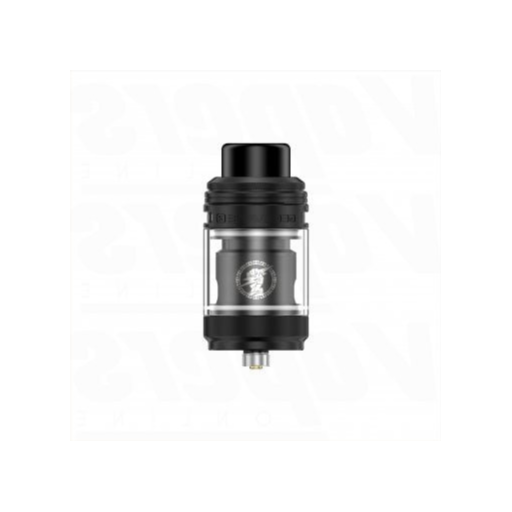
Recommended PG/VG ratios for RDL vaping
For an effective RDL vaping, look for e-liquids with a PG / VG ratio of 30 / 70 or 40 / 60. These ratios are perfect for fulfilling RDL vaping needs because of their sufficient flavor and vapor production.
- PG (Propylene Glycol): For throat hit and flavor, PG is the terminal impact. A PG ratio between 30-40% provides adequate flavor transfer without being too sharp.
- VG (Vegetable Glycerin): VG measures device vapor density and smoothness. Keeping a moderate 60 to 70% VG ratio ensures thick, silky vapor clouds while maintaining the regulated airway needs of an RDL setup.
These ratios match perfectly with the typical coil resistances (0.4 to 0.8 ohms) and wattages (25-30 watts) used on e-cigarettes when doing RDL vaping. The VG content helps to achieve the desired vapor volume while the PG content gives clarity to the flavor, producing an overall good experience.
Nicotine strengths suitable for RDL style
With regards to restricting direct-lung (RDL) vaping, nicotine levels normally vary between 3 mg/ml to 6 mg/ml. This variation strikes a balance between smoothness and throat hit, and works well with the medium range of airflow and vapor production of RDL vaping.
- 3 mg/ml: Great for those who would like to smooth experience with low throat grab. Sub-ohm users who enjoy inhaling a lot of vapor without a harsh sensation will benefit from this dosage.
- 6 mg/ml: Gives moderate users a better throat grab in return for a bit more effort, making a much more subtle form of nicotine-enriched air achievable. This allows a modest level of sensory feedback to be received.
These levels of nicotine work well at the wattage between 25 to 30W and with coil resistance between 0.4 to 0.8 ohm since the vapor is dense and the flavor is well balanced. High doses of nicotine (greater than 6 mg/ml) are not fit for RDL devices since they result in strong throat grabs and discomfort from high vapor consumption.
How can I perfect my RDL vaping technique?

Mastering the RDL inhale method
In perfecting the method of RDL inhaling, one must find a middle ground between lung inhalation and mouth-to-lung. As a starting point, try inhaling through the device comfortably, adjusting the airflow to a semi-restricted level. This setting creates an effortless draw which helps the vapor retain its flavor and density. For inhaling, use the diaphragm to draw in air to the mouth, allowing the vapor to saturate the taste buds before fully inhaling into the lungs.
- Airflow settings: Semi-restricted so that flavor and vapor density can be optimized.
- Wattage Range: The device should be set to a level between 25-30W; this is the ideal range for firing the coil without any risk of ruining the e-liquid through overheating.
- Coil Resistance: Coils should prefer resistance between 0.4 to 0.8 ohms; this creates a balance for flavor maximization and distribution of heat.
With these tips, a more refined experience can be achieved while still enjoying enjoyable satisfaction with minimal harshness.
Adjusting wattage and airflow for optimal performance
To achieve optimal performance, adjusting wattage and airflow requires precise calibration based on the device’s specifications and the desired vaping experience. A semi-restricted airflow is recommended to balance vapor production and flavor retention effectively, ensuring smooth draws and robust flavor delivery.
- Wattage Settings: Set at 25 – 30W, this ensures sufficient power is reliable enough to heat the coil and cause damage to e-liquid while keeping the density of vapor emitted constant. Justification: This range is designed to be effective when the coil is set used while preventing overheating of the coil which exudes burnt flavors.
- Airflow Adjustment: The flow of air is to be set at a semi-restricted level. Justification: Semi-restricted, allows the vapor to be brought out easily giving a dense vapor exuding from the mouth while also giving Maximum concentration of the flavor, and hence the sweetness of it elevates.
- Coil Resistance: Employ coils with a resistance between 02 to 08 lms. Justification: Balancing the heat and the vapor produced while maximizing the flavor enables one to use sub-ohm tanks.
- Liquid Composition: E-liquids with a VG/PG ratio of 70/30 are to be used. Justification: A smoother throat hit can be provided due to the ratio enhancing the flavor making it pair well with the recommended wattage and coil configuration.
When adjusting wattage and airflow, always verify that the settings align with the manufacturer’s device specifications and avoid exceeding recommended ranges to ensure the safety and longevity of the equipment. Through careful calibration, users can experience precision, flavor quality, and optimal device performance.
Reference sources
Construction of electronic cigarettes
Frequently Asked Questions (FAQs)
Q: What is RDL vaping style and how does it differ from MTL and DTL?
A: RDL (Restricted Direct-to-Lung) vaping is a style that combines elements of both MTL (Mouth-to-Lung) and DTL (Direct-to-Lung) vaping. It offers a middle ground between the tighter draw of MTL and the more open airflow of DTL. In RDL, you inhale the vapor directly into your lungs, but with a slightly restricted airflow compared to DTL vaping.
Q: What are the main differences between MTL vs RDL vs DTL vaping styles?
A: MTL vaping involves drawing vapor into the mouth before inhaling it into the lungs, similar to smoking a cigarette. RDL vaping allows for a direct inhale but with a slightly restricted airflow. DTL vaping involves inhaling vapor directly into the lungs with a more open airflow. RDL offers a balance between the two, providing a smoother transition for those looking to move from MTL to DTL.
Q: What type of vapes are best suited for RDL vaping?
A: RDL vapes typically include pod kits with adjustable airflow, some advanced vape kits, and certain sub-ohm tanks. These devices often allow users to fine-tune their airflow to achieve the perfect RDL draw. Some MTL devices with wider airflow options can also be used for RDL vaping.
Q: Can I use nic salt e-liquids with RDL vaping?
A: While nic salts are typically associated with MTL vaping, they can be used with RDL vaping as well. However, it’s important to use lower nicotine strengths compared to what you might use for MTL vaping. Always consider the power output of your device and adjust your nicotine strength accordingly to avoid an overwhelming nicotine hit.
Q: How does the vape juice choice affect RDL vaping?
A: For RDL vaping, you can use a wider range of vape juice options compared to MTL vaping. Both higher VG (Vegetable Glycerin) and higher PG (Propylene Glycol) ratios can work well, depending on your preference for vapor production and throat hit. Generally, a 60/40 or 70/30 VG/PG ratio is a good starting point for RDL vaping.
Q: Is RDL vaping suitable for beginners?
A: RDL vaping can be a great option for beginners, especially those who find MTL too restrictive but aren’t ready for full DTL vaping. It offers a smooth transition and can be less intimidating than DTL vaping. Many starter kits now come with adjustable airflow, allowing new vapers to experiment and find their preferred vaping style.
Q: What are the advantages of RDL vaping over MTL and DTL styles?
A: RDL vaping offers several advantages: it provides a more satisfying throat hit than DTL while producing more vapor than MTL; it allows for a smoother transition between different vaping styles; it can offer a more cigarette-like experience than DTL for those quitting smoking; and it provides flexibility in terms of device and e-liquid choices.
Q: How do I adjust my device for the best RDL vaping experience?
A: To achieve the perfect RDL vape, start by adjusting your device’s airflow to a middle setting. Experiment with different coil resistances and wattage settings to find your sweet spot. For most RDL setups, a resistance between 0.4 and 1.0 ohms works well. Adjust your wattage based on the coil’s recommended range and your personal preference for warmth and vapor production.







